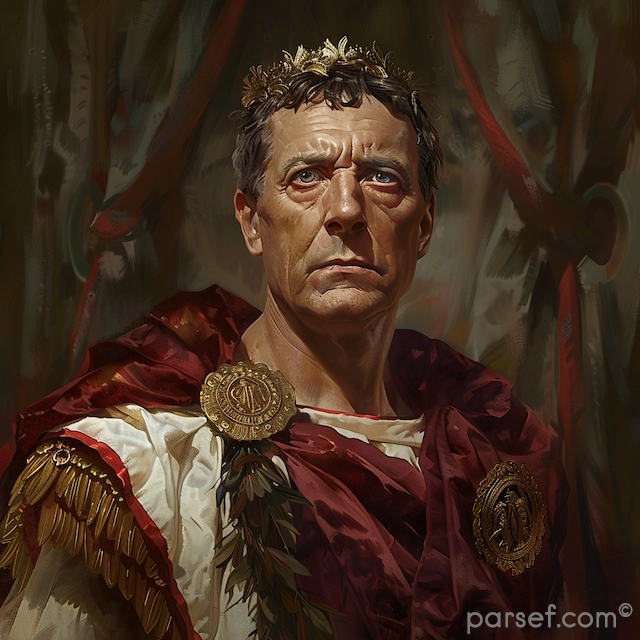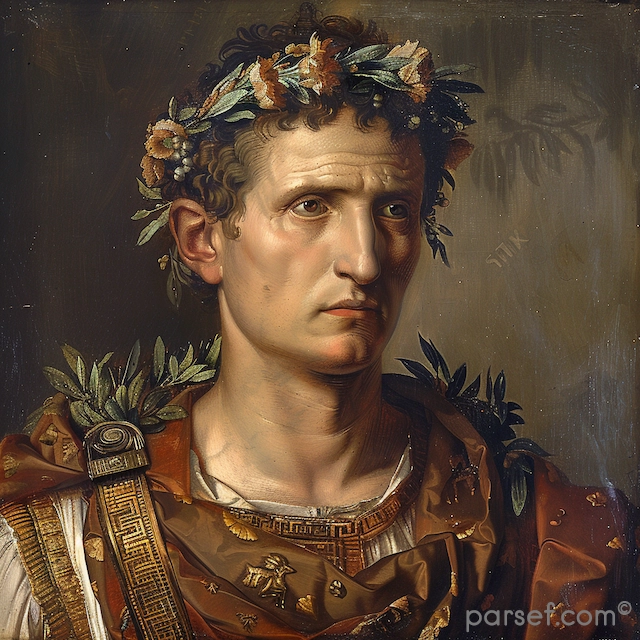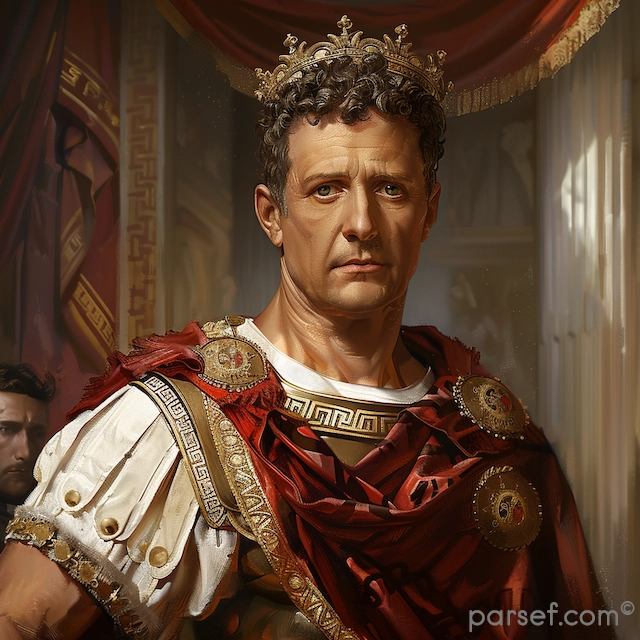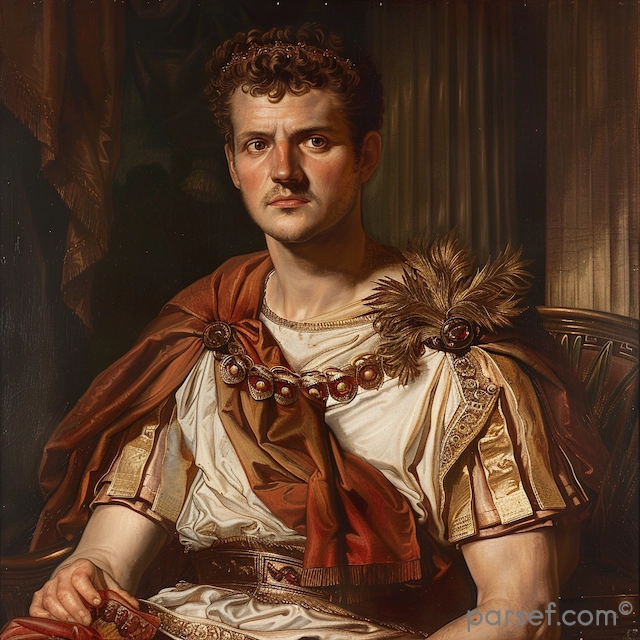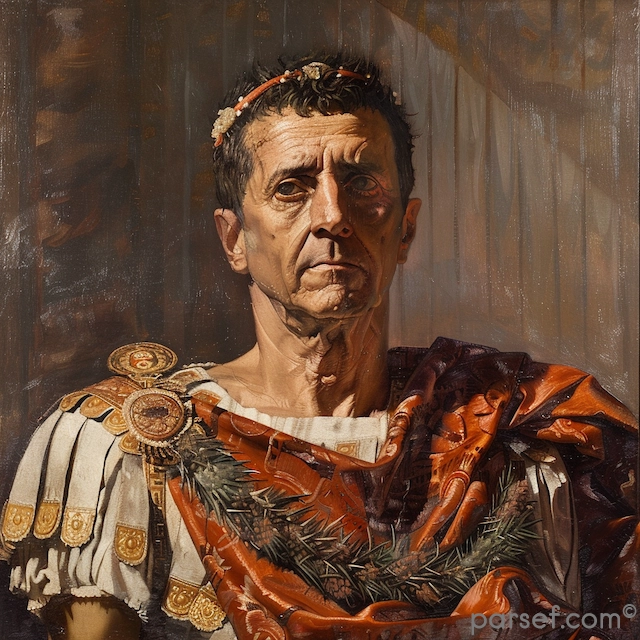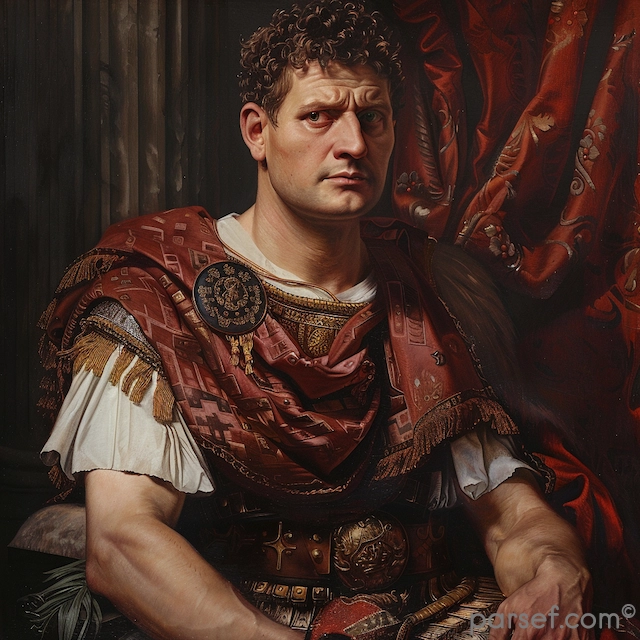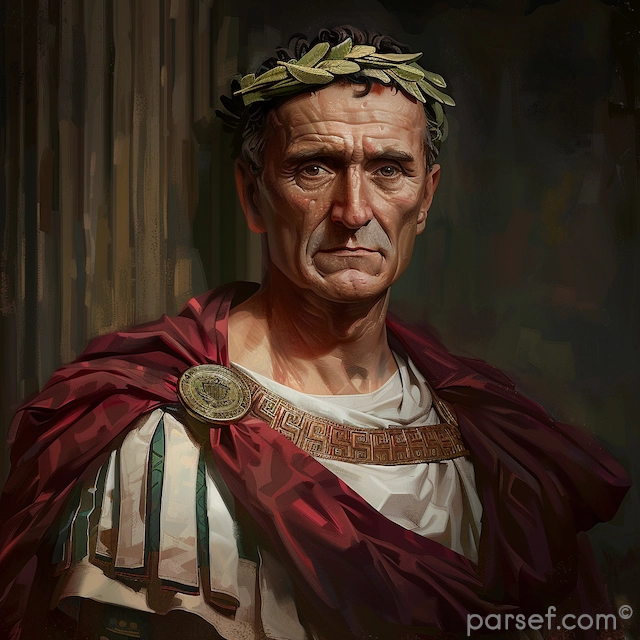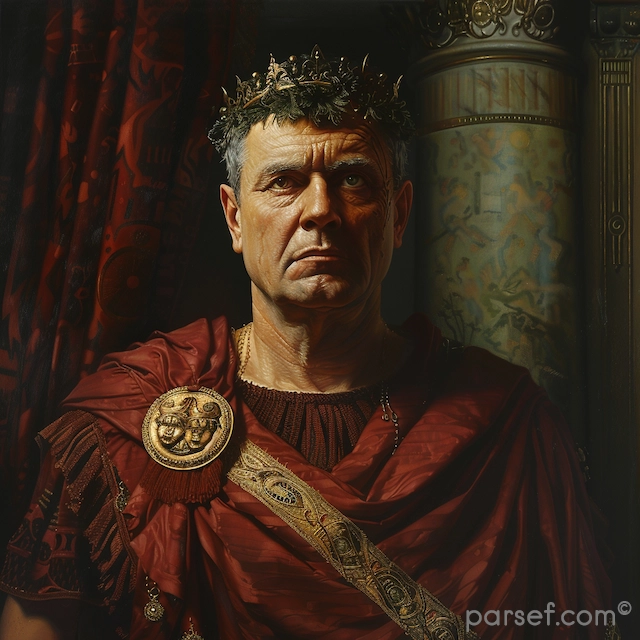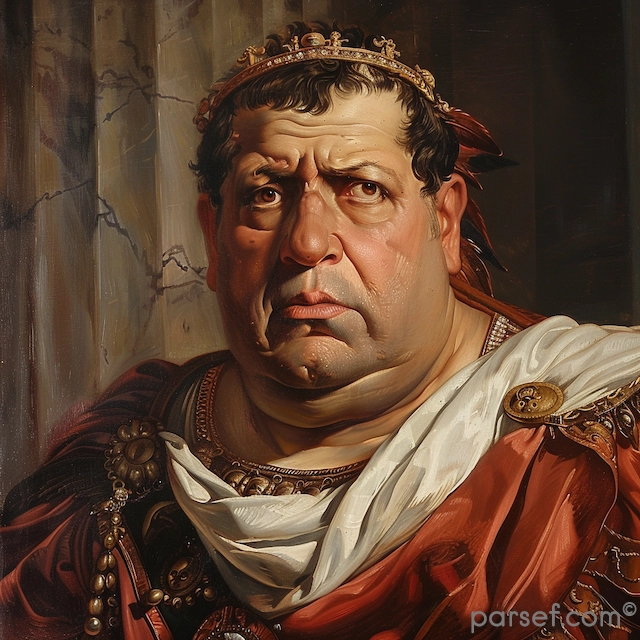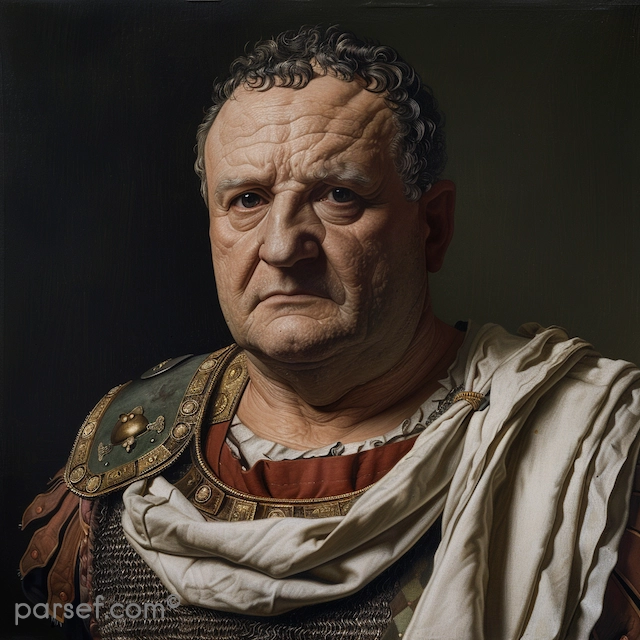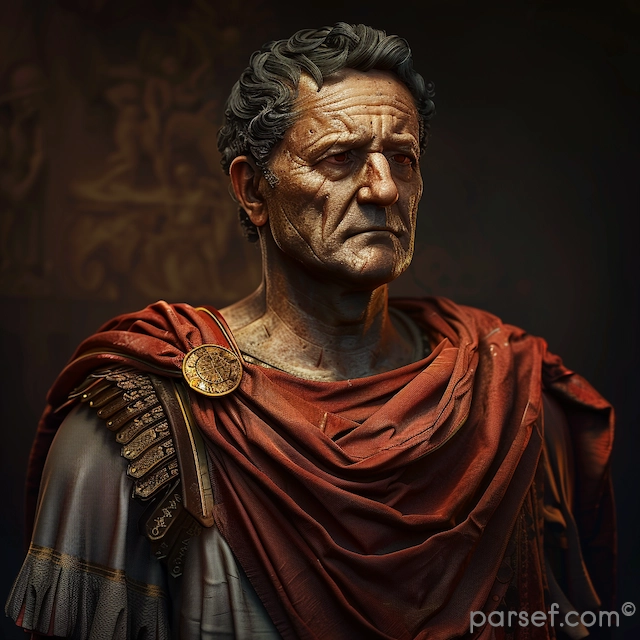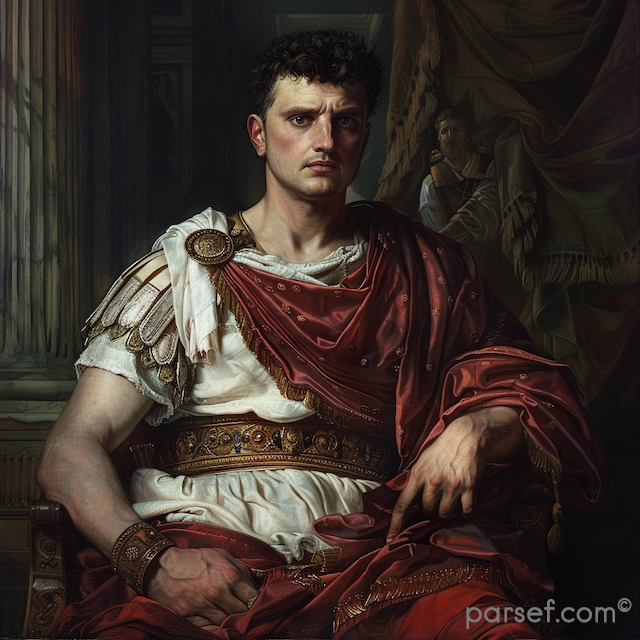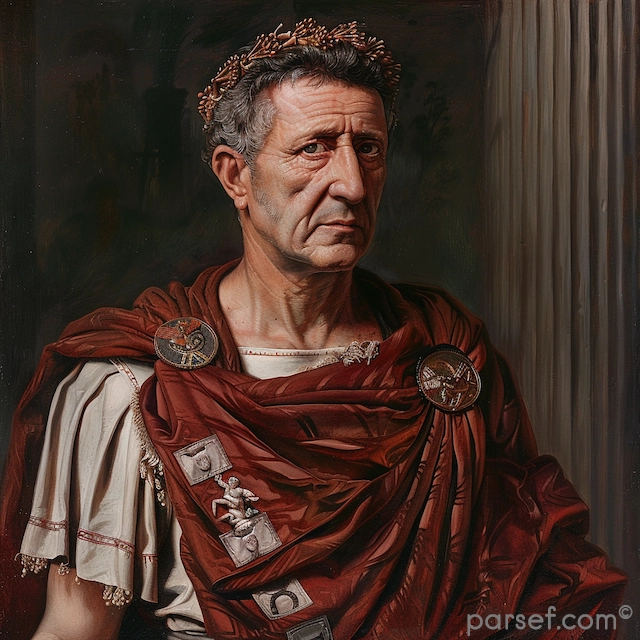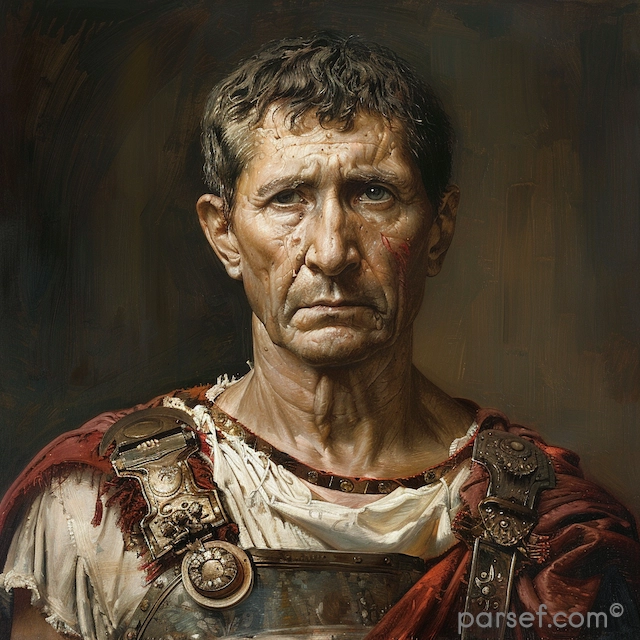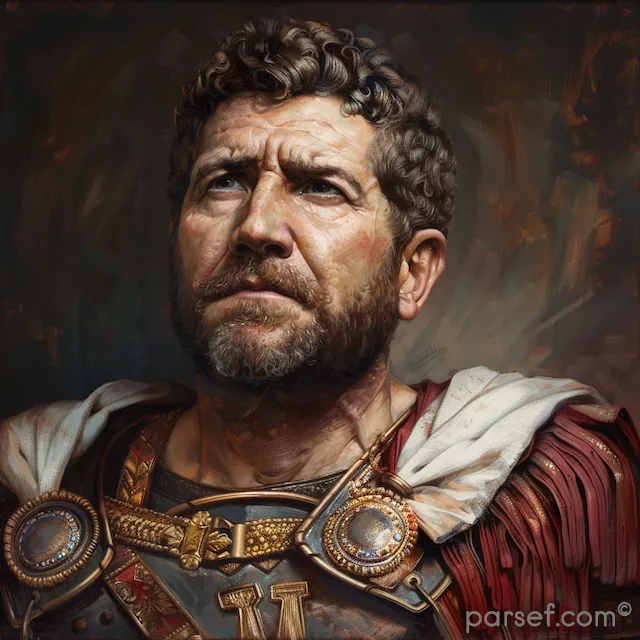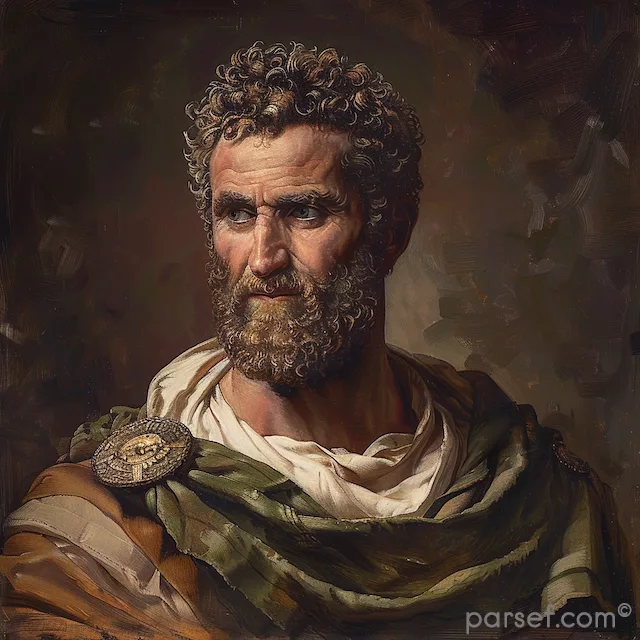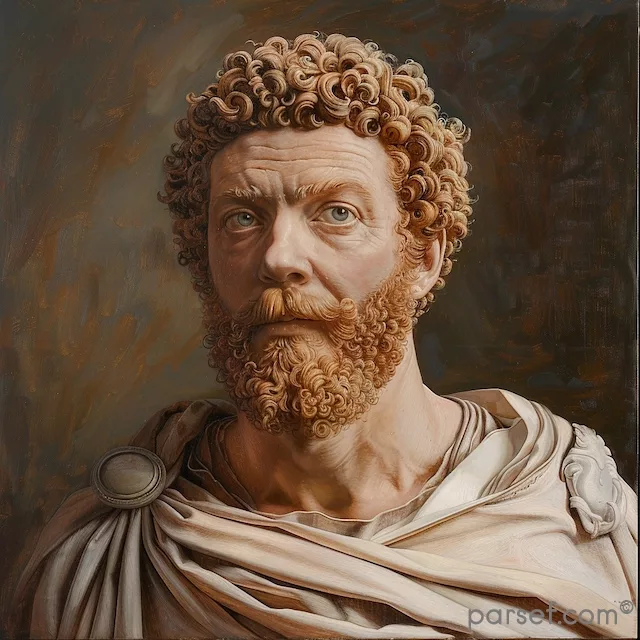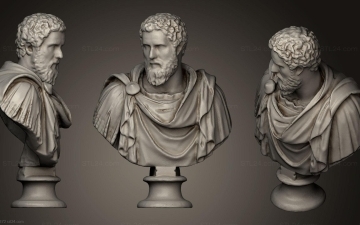Unearthing History: Julius Caesar’s Artifacts and Their Significance
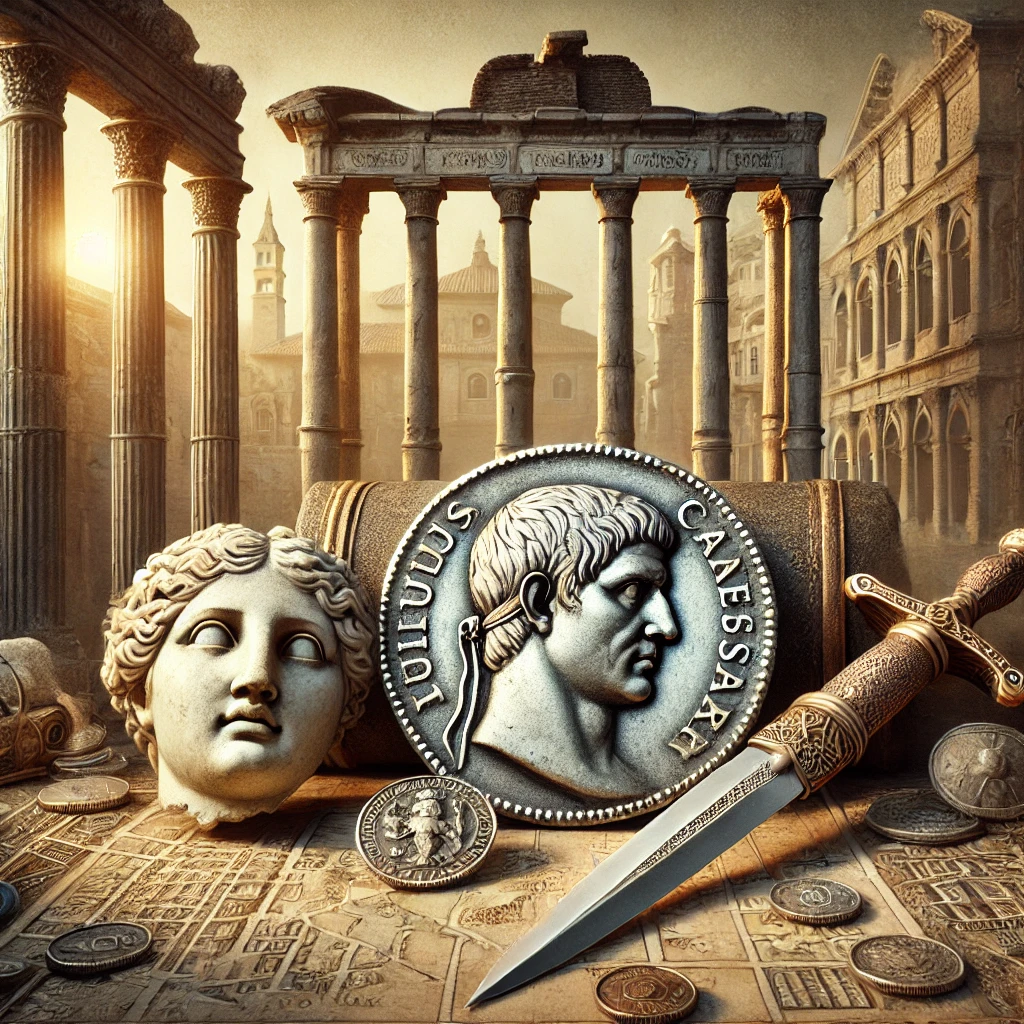
Julius Caesar, one of the most renowned figures of Roman history, left an indelible mark on the ancient world. His military conquests, political reforms, and dramatic death have made him a central figure in historical and archaeological studies. Although Caesar lived over two millennia ago, numerous artifacts associated with his life and times have been unearthed, shedding light on his legacy and the era he dominated.
Coins: Symbols of Power and Propaganda
One of the most direct links to Julius Caesar is the collection of coins minted during his lifetime. As a master of propaganda, Caesar utilized coinage to cement his authority and spread his image across the Roman Republic.
- The Denarius of 44 BCE: Perhaps the most famous coin associated with Caesar is the silver denarius minted shortly before his assassination. This coin features his portrait—one of the first instances of a living Roman being depicted on currency. The inscription "DICT PERPETVO" (Dictator for Life) emphasizes his unprecedented authority, which many Romans viewed as a threat to the Republic.
- Commemorative Coins: Other coins celebrated his military victories, such as those in Gaul and his defeat of Pompey during the civil war. These coins often depicted symbols of conquest, including laurel wreaths, trophies, and captives.
The imagery and inscriptions on these coins provide valuable insights into how Caesar sought to legitimize his power and influence public opinion.
The Forum of Caesar: Architectural Ambition
Julius Caesar was not just a military genius; he was also a visionary builder. The Forum of Caesar, or Forum Iulium, was one of his most significant architectural achievements. Built to alleviate overcrowding in the Roman Forum and to underscore his divine lineage, this grand structure featured:
- The Temple of Venus Genetrix: Dedicated to Venus, the mythical ancestor of Caesar's family, this temple was adorned with sculptures, including a gilded statue of Caesar himself.
- Artifacts from the Forum: Archaeological excavations have revealed fragments of marble columns, inscriptions, and decorative reliefs from the forum. These remnants highlight the opulence and scale of Caesar's architectural projects.
Military Relics: Traces of Conquest
Caesar's military campaigns, particularly in Gaul, left behind a wealth of artifacts. Excavations at ancient battle sites and Roman encampments have uncovered items that speak to the daily lives of his soldiers and the realities of warfare.
- Weapons and Armor: Legionary swords (gladii), spearheads, and fragments of armor have been found at sites such as Alesia, where Caesar famously defeated the Gallic leader Vercingetorix.
- Roman Fortifications: At sites like Uxellodunum, archaeologists have discovered remnants of siege works, including trenches and wooden stakes, showcasing Caesar's tactical ingenuity.
These military relics illustrate the discipline and technological superiority that enabled Caesar's legions to dominate the ancient world.
Statues and Busts: Visualizing the Dictator
Numerous statues and busts of Julius Caesar have survived, offering a glimpse of how he was perceived by his contemporaries and subsequent generations.
- The Tusculum Portrait: This marble bust is one of the most realistic depictions of Caesar, showing his balding head and deeply lined face—a testament to his years of toil and ambition.
- Imperial Statues: Later emperors, eager to associate themselves with Caesar's legacy, commissioned statues portraying him as a divine figure. These statues often depict him in military attire, holding a staff or laurel wreath.
The evolution of Caesar's image in art—from mortal leader to deified symbol—reflects the enduring impact of his life and death.
The Rubicon Crossing: A Symbolic Artifact
While the Rubicon River itself is not an artifact, items found near its banks hold symbolic significance. Caesar's decision to cross this river in 49 BCE, in defiance of Roman law, marked the beginning of the civil war that would ultimately lead to his dictatorship. Archaeologists have uncovered remnants of Roman roads and settlements near the Rubicon, offering a glimpse into the region's historical context during Caesar's era.
The Ides of March: Relics of Assassination
The assassination of Julius Caesar on the Ides of March (March 15, 44 BCE) remains one of history's most infamous events. Artifacts connected to his death include:
- The Curia of Pompey: The site where Caesar was stabbed has yielded architectural fragments and inscriptions. While the original structure has not fully survived, reconstructions and excavations provide a haunting connection to the event.
- The "Death Mask" Legend: Although no authentic death mask of Caesar exists, several sculptures are believed to have been modeled after his posthumous appearance, capturing his likeness at the time of his death.
Legacy Beyond Artifacts
Beyond physical artifacts, Caesar's legacy lives on in texts, such as his own Commentarii (Commentaries), where he detailed his military campaigns. These writings, combined with the material culture of his era, create a vivid picture of his life and influence.
Modern Interpretations
Artifacts linked to Julius Caesar continue to captivate historians, archaeologists, and the general public. They not only illuminate the life of a man who transformed Rome but also serve as a reminder of the complexities of power, ambition, and legacy. Each coin, statue, and relic adds a piece to the puzzle, helping us understand the world of ancient Rome and the enduring shadow of its most famous leader.
As new discoveries emerge, the story of Julius Caesar and his era will continue to unfold, offering fresh perspectives on one of history's most fascinating figures.
Related Posts
Didius Julianus: The Emperor Who Bought the Roman Empire
The year 193 AD was a tumultuous one for Rome. The assassination of the capable Pertinax plunged the empire into a crisis of leadership. The Praetorian Guard, the elite imperial bodyguards, found themselves without a master and, true to their corrupt nature, decided to auction off the imperial throne. In...
Read MoreFrom Ancient Rome To Today: 4 Games Played By Emperors And Their Modern Equivalents
In history, Ancient Rome had rulers who enjoyed games that involved intelligence and risk-taking. The interesting part is that some of these games have now evolved to their modern versions that still entertain people. When we look at the Ancient Roman history of emperors having fun, most of them went for...
Read MoreElagabalus: The Controversial Reign of Rome’s Youngest Emperor and His Religious Revolution
Elagabalus, born Varius Avitus Bassianus, is one of the most enigmatic and controversial figures in Roman history. Elevated to the imperial throne at the tender age of fourteen, his reign was marked by extravagance, scandal, and a radical religious transformation. His rise to power was as dramatic as his subsequent reign....
Read MoreAugustus: The Architect of Imperial Rome’s Golden Age
In the grand tapestry of ancient Rome's history, one name stands out as a pivotal figure who played a transformative role in shaping the destiny of an empire. That name is Augustus, the first Roman Emperor, whose reign marked the beginning of a remarkable era known as the Pax Romana...
Read MoreMarcus Aurelius: Philosophy and Leadership in the Midst of Turmoil
In the annals of Roman history, the name Marcus Aurelius stands as a symbol of wisdom, Stoic philosophy, and leadership during times of great adversity. His reign as Emperor from 161 to 180 CE coincided with challenging periods for the Roman Empire, including external threats and internal strife. In this...
Read MoreClaudius: The Unexpected Emperor and His Surprising Achievements
In the annals of Roman history, the name Claudius stands out as a remarkable story of an unexpected emperor who defied the odds and left behind a legacy of significant achievements. Often underestimated due to physical disabilities, Claudius rose to power and proved to be a capable and innovative ruler....
Read More